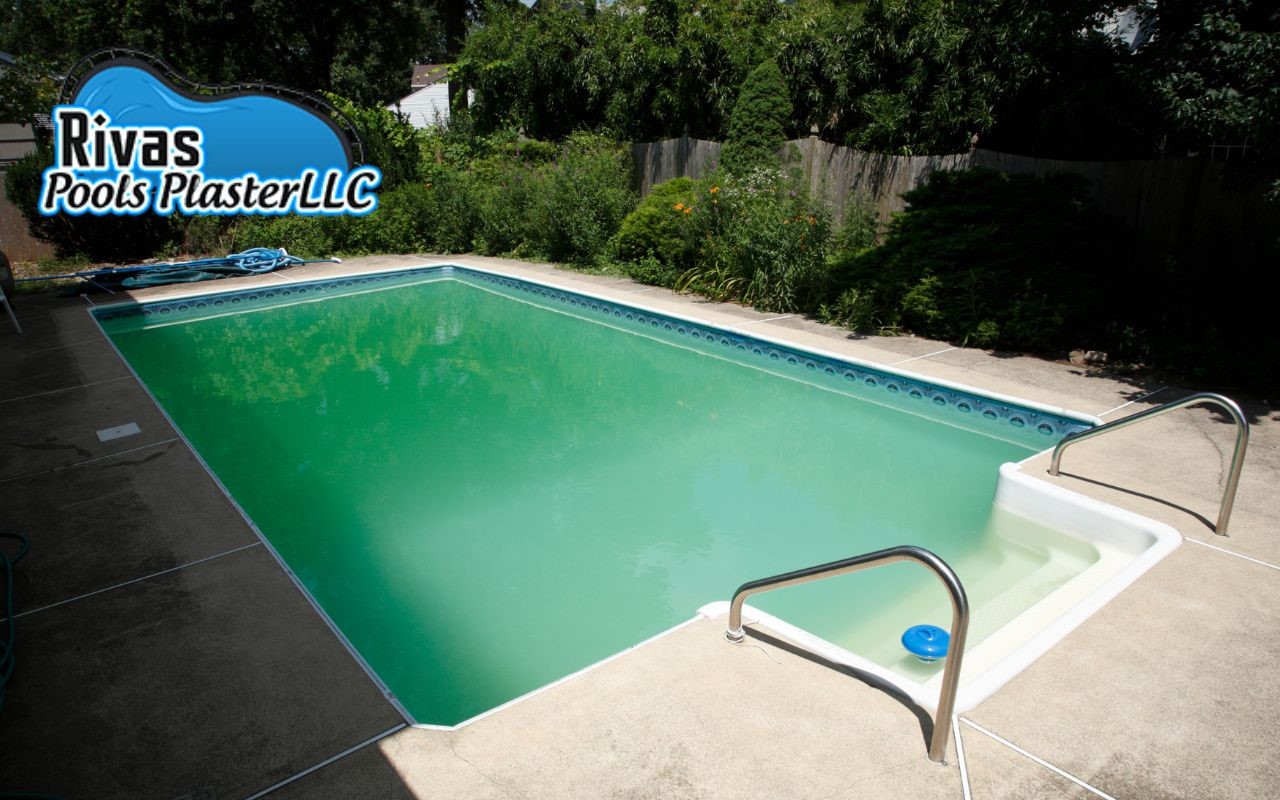How to Clean a Green Pool: A Step-by-Step Guide
Seeing green pool water can be frustrating. If you’re wondering how to clean a green pool, you’re not alone. Algae growth can make your pool unsafe and uninviting. A green pool happens when chlorine levels drop, circulation weakens, or the pH becomes unbalanced. Ignoring the problem can lead to costly damage and unhealthy water. Thankfully, fixing a green pool is possible. This guide will show you how to clean a pool with green algae, restore clarity, and prevent future problems.
How to Clean a Green Pool the Right Way
Why Does Pool Water Turn Green?
Poor maintenance, chemical imbalances, or environmental factors often cause a green pool. Here’s why it happens:
- Low Chlorine Levels – Chlorine kills algae, but when levels drop, algae spread quickly.
- Poor Filtration and Circulation – If your filter isn’t working properly, debris and bacteria build-up.
- Unbalanced pH and Alkalinity – High pH reduces chlorine effectiveness, allowing algae to thrive.
- Hot Weather and Rain – Warm temperatures speed up algae growth, while rainwater disrupts the chemical balance.
Once algae take over, the water turns light green, dark green, or black. The longer you wait, the harder it is to fix.
How Do You Fix a Green Pool? A Step-by-Step Process
1 – Test and Balance the Water
Before adding chemicals, test your pool water using a testing kit. Check the chlorine, pH, and alkalinity levels.
- Ideal pH range: 7.2 – 7.6
- Alkalinity range: 80 – 120 ppm
- Chlorine level: 1-3 ppm for maintenance, but higher for shocking
Adjust the pH before shocking, so chlorine works more effectively. If the pH is too high, add a pH reducer. If too low, use a pH increaser.
2 – Shock the Pool with Chlorine
Shocking the pool kills algae fast. Standard chlorine levels won’t be enough, so a super-chlorination dose is needed.
- Use pool shock (3-5 times the normal amount) to break down algae.
- Pour shock around the pool, not in one spot.
- Run the pump continuously for 24 hours to circulate chemicals.
Water may turn cloudy white before clearing up. That’s normal—it means dead algae are breaking down.
3 – Will Algaecide Clear a Green Pool?
Many pool owners wonder if algaecide will clear a green pool. It helps, but it works best after shocking the pool.
- Use a strong algaecide to kill the remaining spores.
- Choose a non-foaming algaecide to avoid buildup.
- Add algaecide weekly to prevent future algae growth.
Algaecide is a preventative, not a solution, for severe algae problems. It’s most effective when used regularly.
4 – Brush and Vacuum the Pool
Once algae die, they settle at the bottom. Brushing and vacuuming remove dead algae and debris.
- Brush pool walls, steps, and floor to loosen algae.
- Use a manual vacuum instead of an automatic cleaner.
- Vacuum to waste to prevent algae from re-entering the water.
This step is crucial because dead algae can still cause cloudiness.
5 – Run the Filter and Clean It Frequently
The filter removes dead algae and particles. It must run continuously until the water clears.
- Backwash or clean the filter daily to prevent clogging.
- If the filter is old or weak, consider replacing it.
- Keep the pump running 24/7 until your pool is crystal clear.
Without proper filtration, algae can return even after shocking.
How to Clean a Pool with Green Algae Based on Severity
Light Green Pool Water (Mild Algae Growth)
- A light green tint means algae are just starting to grow.
- Solution: Shock the pool, brush thoroughly, and filter the water for 24 hours.
Dark Green Pool Water (Moderate Algae Growth)
- A cloudy green color indicates deeper algae growth.
- Solution: Use a double dose of shock, scrub aggressively, and vacuum the pool.
Black Green Pool Water (Severe Algae Infestation)
- Swamp-like water means extreme algae buildup.
- Solution: Triple shock treatment, heavy scrubbing, and potential filter replacement.
Preventing Green Pool Water in the Future
Maintain Proper Chlorine and Chemical Levels
- Test chlorine and pH levels at least twice a week.
- Keep chlorine levels between 1-3 ppm to prevent algae growth.
- Adjust chemicals immediately after heavy rain or pool use.
Improve Pool Circulation and Filtration
- Run the pump for at least 8-12 hours daily.
- Clean or replace filters as needed.
- Make sure water jets circulate water properly to avoid stagnant areas.
Regular Pool Maintenance to Keep Water Clear
- Skim debris daily to remove leaves and dirt.
- Brush and vacuum weekly to prevent buildup.
- Shock the pool regularly, especially in hot weather.
A clean pool starts with consistent care and chemical balance.
FAQs About Cleaning a Green Pool
How long does it take to clean a green pool?
- Light green pools clear in 24-48 hours with proper treatment.
- Dark green pools may take several days to a week.
Can I swim in a green pool?
- No, green pool water is unsafe due to bacteria and chemical imbalances.
How often should I shock my pool?
- Shock your pool every 1-2 weeks to prevent algae.
- Shock after rain, high temperatures, or heavy pool use.
Do I need to drain my pool if it turns green?
- Not always. Most green pools can be restored without draining.
- If algae are severe, a partial drain may be necessary.
Need Help with Your Pool? Contact Us Today!
Cleaning a green pool takes time, patience, and the right steps. However, if the problem keeps coming back, something may be missing in your routine. If you need expert guidance or personalized assistance, we are here to help. With over 20 years of experience, we understand the best solutions for maintaining a clear and healthy pool. As a licensed and bonded company, we offer trusted support for residential and commercial pool owners. Contact us today to speak with our team and get the personalized assistance you need!

